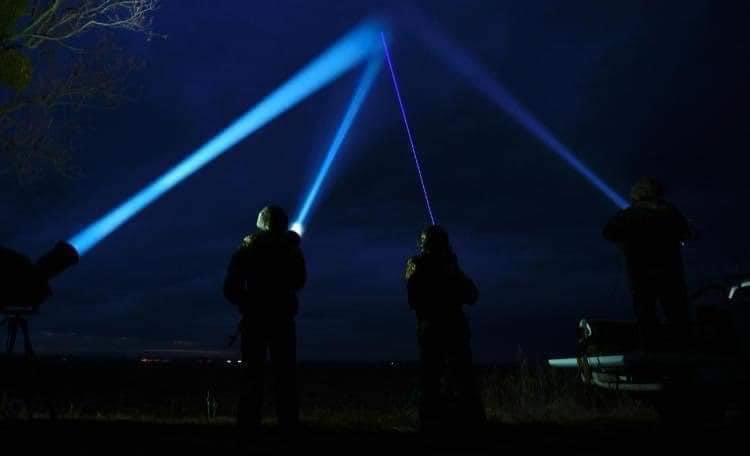Figures of the day: how many missiles Russia fired at Ukraine in a week and what is the effectiveness of air defence
22 March 2024 12:26
On the night of 22 March, Russia launched the largest combined missile attack on Ukraine in the entirety of the full-scale war. According to the Ukrainian Air Force, the Russians launched 151 air strikes: 88 missiles and 63 drones.

Komersant ukrainskyi ![]() has tried to calculate how much has “flown” into Ukraine from Russia since the beginning of the week, and how much of it the Ukrainian Air Defence Forces managed to shoot down.
has tried to calculate how much has “flown” into Ukraine from Russia since the beginning of the week, and how much of it the Ukrainian Air Defence Forces managed to shoot down.
We emphasise that we used only official information from the Ukrainian Air Force, which is not always possible to process properly. For example, the Air Force reports on the launch of guided aerial bombs in Sumy or Donetsk regions, but does not specify this data, nor does it provide the number of bombs launched.
In total, according to the Air Force, Russia has fired 213 air strikes at Ukraine this week, starting on 18 March: 126 missiles and 87 Shahed drones.

Of the 87 Shaheds, the Air Force managed to shoot down 74, or 85 per cent of the total.

A total of 74 X-101/X-555 and X-22 cruise missiles were fired, of which our air defences shot down 64, or 86%. The most difficult for our air defence forces are the X-22s – none of the 5 missiles launched were shot down.

Outof 4 X-59 guided missiles, 2 were shot down, i.e. exactly half.

It is almost impossible to shoot down Iskander and Kinzhal ballistic missiles, although our air defence systems show miracles of skill here as well – 2 out of 21 Iskanders/Kinzhal missiles launched were shot down, i.e. 9%.

The worst case scenario for Ukraine was the launch of S-300/S-400 anti-aircraft guided missiles – out of 27 missiles launched, the air defence forces failed to shoot down a single one. This can probably be explained by the fact that they have an average range, and air defences do not have enough time to react.
Thus, out of 126 missiles fired at Ukraine this week, the air defence forces shot down 68, or 53%. It should be borne in mind that a significant proportion of these were ballistic missiles, which are believed to be almost impossible to shoot down, as well as close launches of S-300/S-400 systems near the frontline, which are very difficult to respond to. We should not forget about the intensity of the shelling. For example, the super-shelling on the night of 22 March put a huge strain on Ukraine’s air defence system. Obviously, given the limited resources and capabilities of air defence systems, the effectiveness of its operation decreases in direct proportion to the intensity of the shelling. Nevertheless, Ukrainian air defence forces are operating as efficiently as possible and doing the impossible, for example, occasionally shooting down ballistic missiles.
See also:
The largest attack on the energy sector: Dnipro hydroelectric power station is on fire, cities are without electricity, there are victims
Massive shelling of Ukraine: the number of dead and injured has increased
Military analysts answer whether strikes on Kyiv are a sign of a Russian counter-offensive









